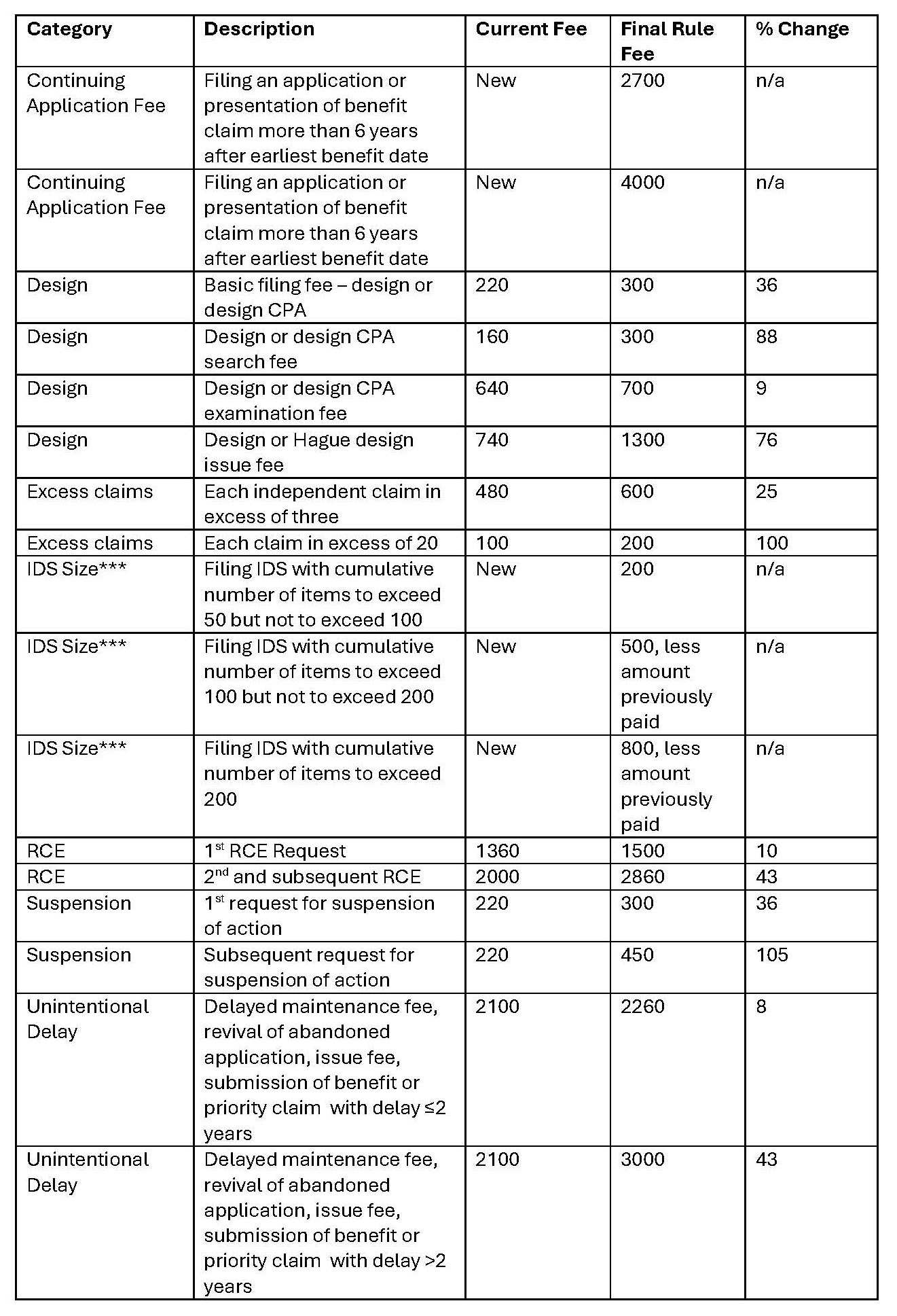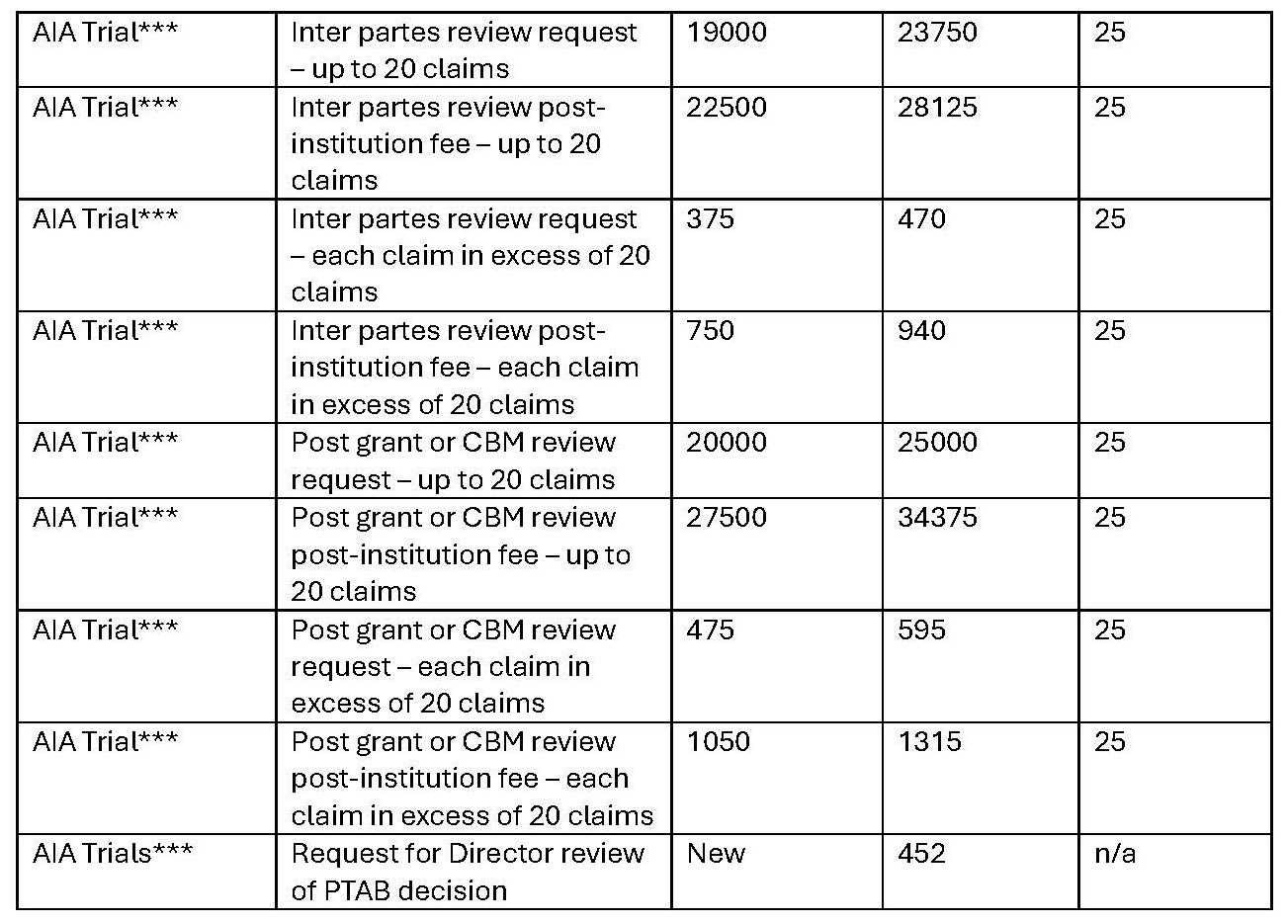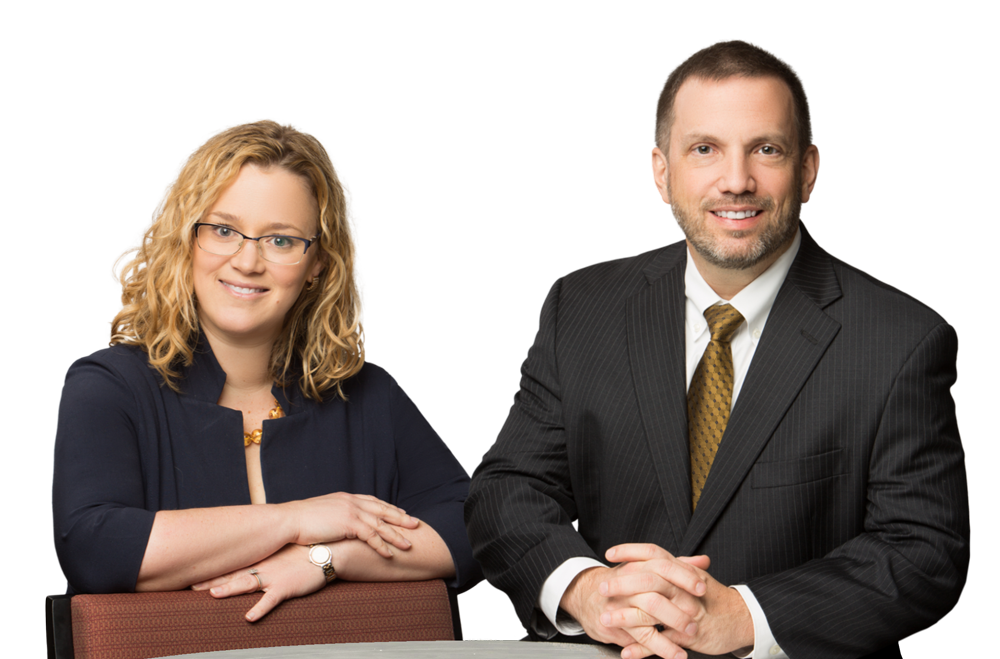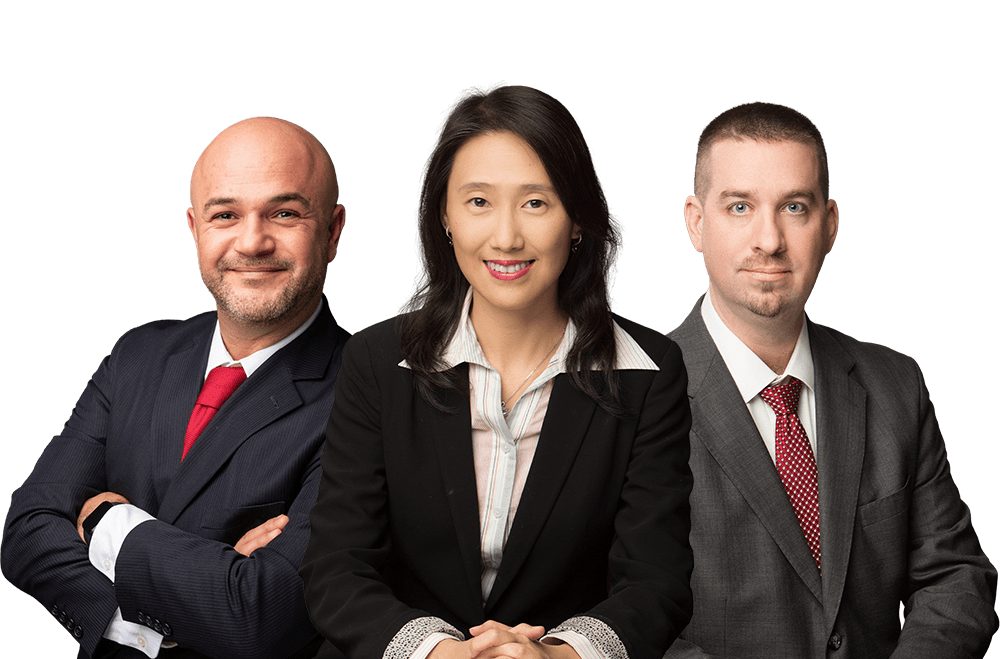USPTO Announces New Patent Fees
After announcing an intention to exercise its fee setting authority in 2023, and following a public feedback process, the USPTO has finally announced fee increases and accompanying rules that will take effect on January 19, 2025. The final changes deviate in several respects from the USPTO’s proposal of April 3, 2024, based on feedback the USPTO received during the public comment period.
Generally, the USPTO is authorized to set or adjust patent fees only to recover the aggregate estimated costs to the USPTO related to patents. While the USPTO collects patent fees throughout the life of the patent application and subsequent granted patent, the USPTO repeatedly emphasized in its announcement that the back-end utility patent maintenance fee payments account for about half of all patent fee collections and in fact subsidize the cost of filing, search, and examination activities for both utility and design patents. This consideration can be seen throughout the final fee changes, which can be grouped into three categories: (A) an across-the-board 7.5% adjustment to all patent fees not otherwise addressed, (B) an additional 2.5% adjustment (for a total adjustment of 10%) to front-end filing, search, and examination fees for utility patent application, and (C) targeted adjustments.
Targeted Adjustments
The last category adjusted fees in a targeted manner (i.e., more than the 7.5% across-the-board increase) to better align the fees with the associated USPTO costs. These included increases for 1) design applications; 2) excess claim fees; 3) patent term extension fees; 4) RCE fees; 5) suspension of application fees; and 6) AIA Trial fees. A single fee reduction was provided for extensions of time in provisional applications (which is most commonly used by micro entities).
In addition to these percentage-wise adjustments, several new fees (and associated rules) were included in the targeted adjustment, as described below.
Continuation Application Fees
The USPTO is newly introducing two fee categories for continuing applications file more than 6 years after the earliest benefit date (the date used to calculate utility patent term). An even higher fee is imposed when the continuing application is filed more than nine years after the earliest benefit date. The rationale behind the new fee category is that these continuing applications generally do not reach the third maintenance fee date (due at 11.5 years after grant), and some may not reach the second maintenance fee date (due at 7.5 years after grant), as illustrated below in Figure 1.

However, as mentioned above, maintenance fees subsidize the search and examination of patent applications, and these “late-filed” continuing applications do not have the same maintenance fees to subsidize their patent examination.
The original proposal would have imposed the continuing application fee even earlier, but based on public feedback, the final rules push back the threshold that triggers the new fee. Assuming historic filings, this rule will impact ~20% of continuing applications, which is a significant reduction from the original proposal that would have impacted ~50% of continuing applications.
It is noted, however, that following Federal Circuit decisions in In re Cellect, and Allergan v. MSN Labs, if maximum patent term is desired, applicants became incentivized to have their initial issued patent with the longest patent term adjustment, i.e., fighting harder for broader claims in the initial patent instead of than a quick issuance with narrow claims followed by broad sweep in continuations. With implementation of the new continuation fees, there is an additional cost consideration that must be weighed and considered for subsequent continuation application(s).
IDS Size Fees
Another new fee category has been added to target large IDS submissions, which the USPTO estimates as require 80,000 examiner hours to consider. The IDS size fee will be triggered when the cumulative number of items exceeds 50 items, with additional fee amounts being triggered when the cumulative number of items exceeds 100 items and 200 items.
The cumulative count is determined for each application or patent separately and does not carry over to any continuing applications, but such applications will start with a count of zero (though, the Examiner will consider the submissions from the parent filing as per standard USPTO protocol). Thus, applicants who wish to avoid paying the IDS size fees in a child application for references considered in a parent application may do so by not resubmitting the items. That being said, if the applicant desires the references to be printed on the patent granted on the child application, the references must be resubmitted in an IDS in the continuing application, and the IDS size fee paid if the threshold is triggered. This aspect of the rule appears to make little sense – essentially, applicants are being charged for the privilege of having references printed on the face of the child patent (as there is no more work involved for the examiner who is already considering such items by virtue of their consideration in the parent application).
The obligation to track the number of items submitted will rest with the applicant. The USPTO is amending the rules to require that an IDS contains a clear written assertion that the IDS is accompanied by the appropriate IDS size fee or that no IDS size fee is required. An IDS filed without this written assertion or the necessary IDS size fee will be placed in the file but not considered.
Unintentional Delay Petition Fees
In 2020, the USPTO clarified that petitions based on unintentional delay of more than two years provide an additional explanation of the circumstances surrounding the delay to establish that the entire delay was unintentional. Given the additional work involved with review of these petitions (as compared to petitions for less than two years that are automatically granted if filed by ePetition), the USPTO is setting a new, higher fee for petitions based on unintentional delay more than two years to recover the additional associated costs.
AIA Director Review
The USPTO is setting a new fee for parties requesting Director Review in AIA trial proceedings to partially recover the USPTO's costs for conducting Director Reviews.
Refunds through Abandonment
Currently the USPTO permits an applicant to obtain a refund of the search and excess claims fees that were paid by submitting a petition and declaration of express abandonment before an examination of the non-provisional application has started. While previously excluded, this rule will now be extended to national stage applications.
A breakdown of many of the aforementioned targeted fees (for undiscounted entities) is shown below in Table 1. In each of the fee types, unless indicated by asterisk, discounts for small and microentities are available at 60% and 80% discounts, respectively.






